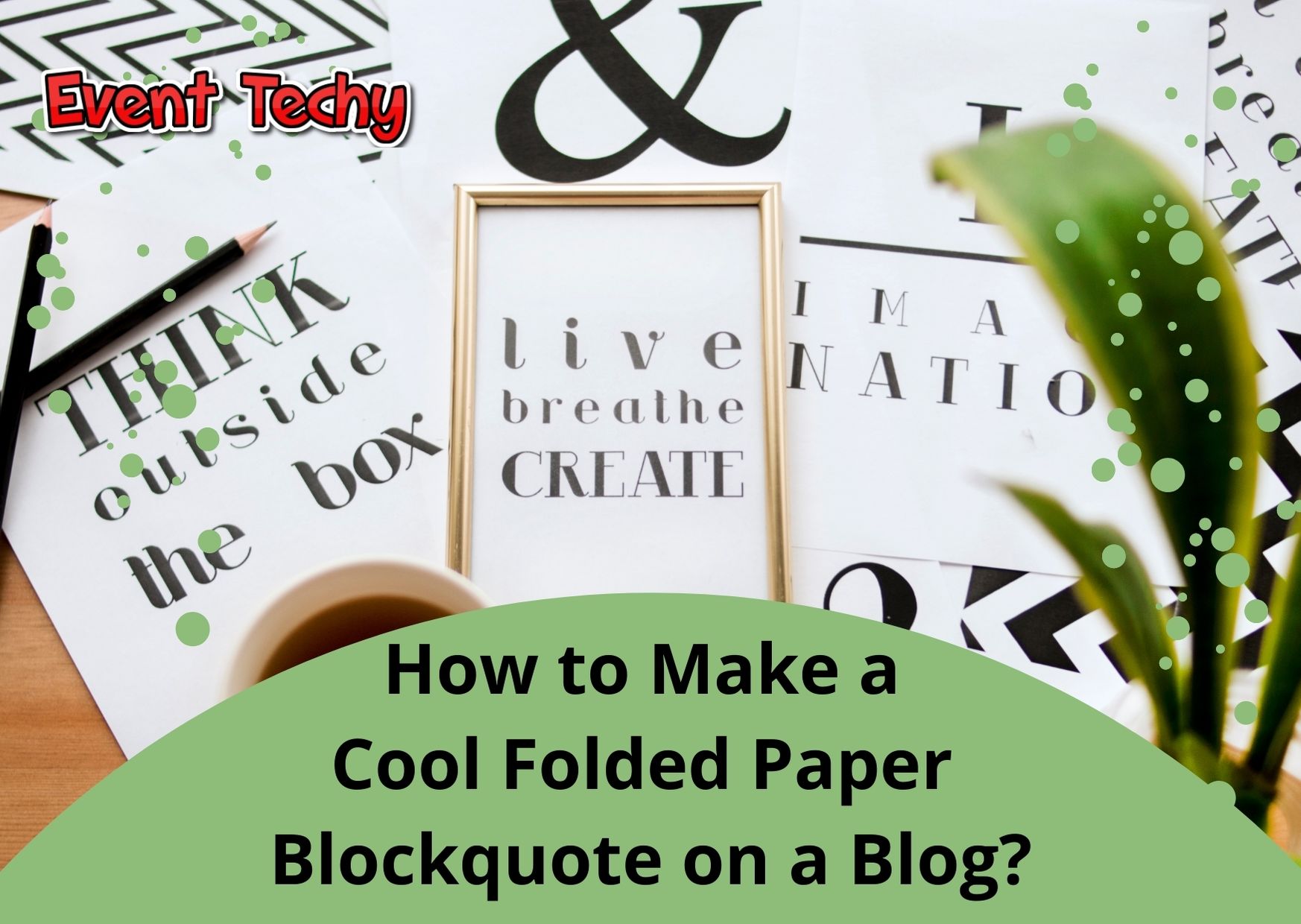How to Create Fullscreen Blog Pages With Javascript?

Creating a Fullscreen Blog Page With Javascript - With a fullscreen blog page, you won't see the address bar and browser tabs, so you only focus on that page. Fullscreen mode is generally used in an embed, for example embedding a video. But this time we will make fullscreen mode for a web page. However, we cannot make the fullscreen automatically when the page is opened, because at this time the browser will ignore it. So fullscreen must have user involvement with the action of clicking a fullscreen button, simply by pressing a button F11on the keyboard. But for mobile, we can do this fullscreen when the blog is opened like when we open an application. We can do this with manifest.json , which I previously explained. When the user clicks on our blog icon from the main screen of the cellphone, the page will open automatically fullscreen, meaning that the user opens the blog like an application, without the browser address bar visible on the blog. Well, for the desktop we can make a ...




